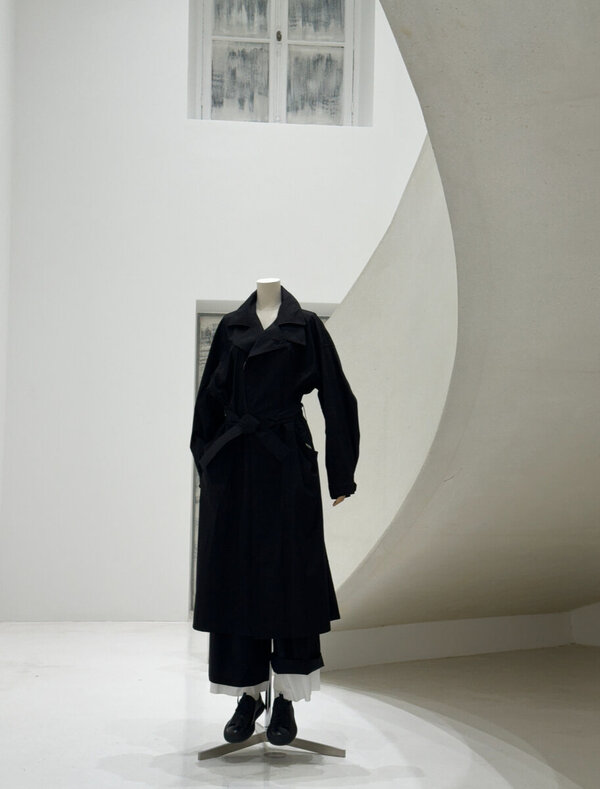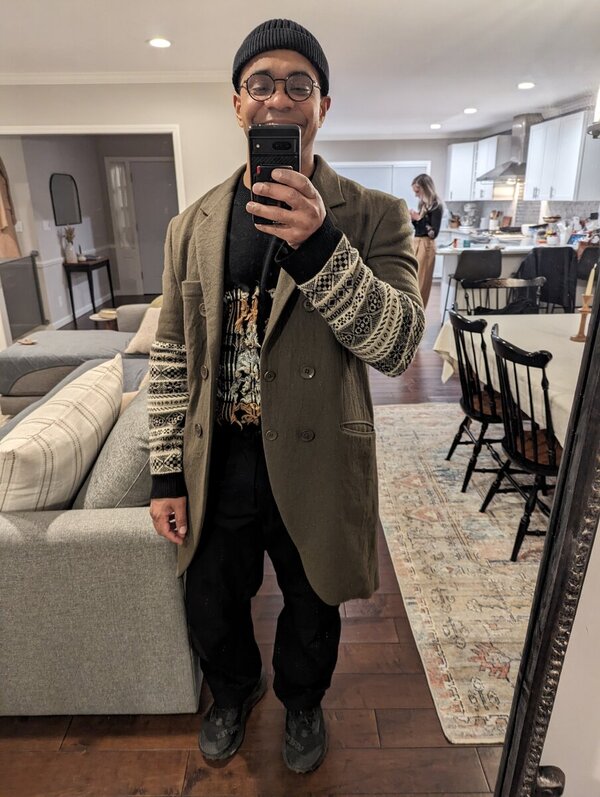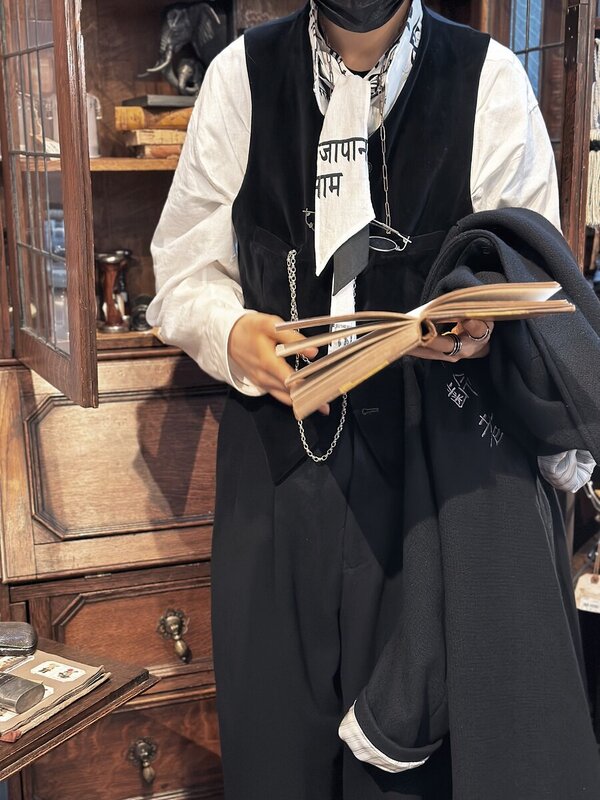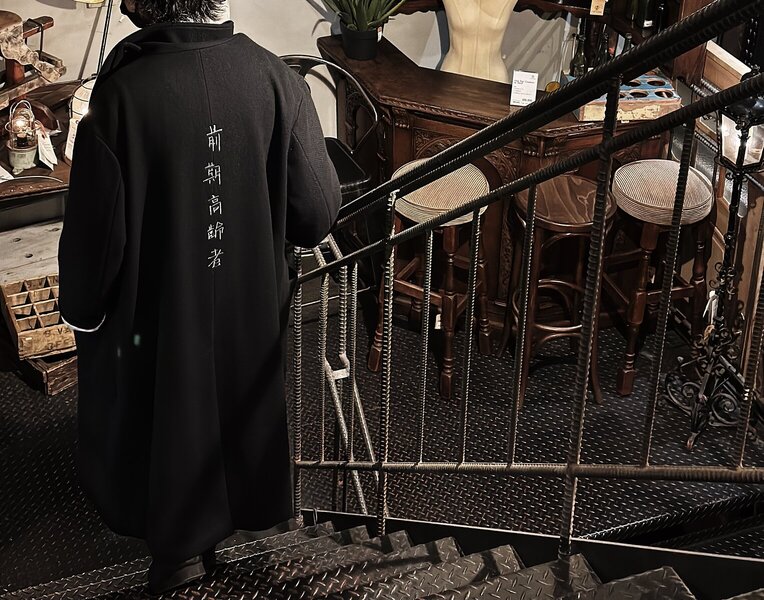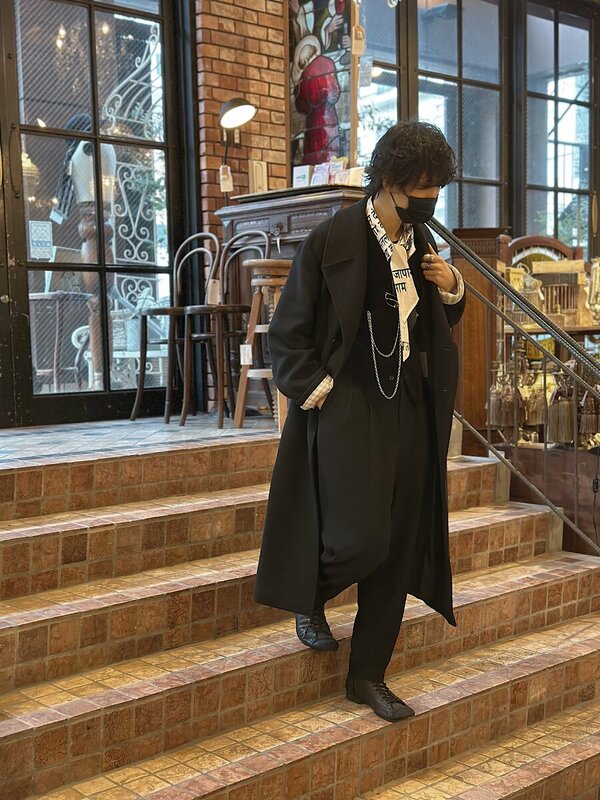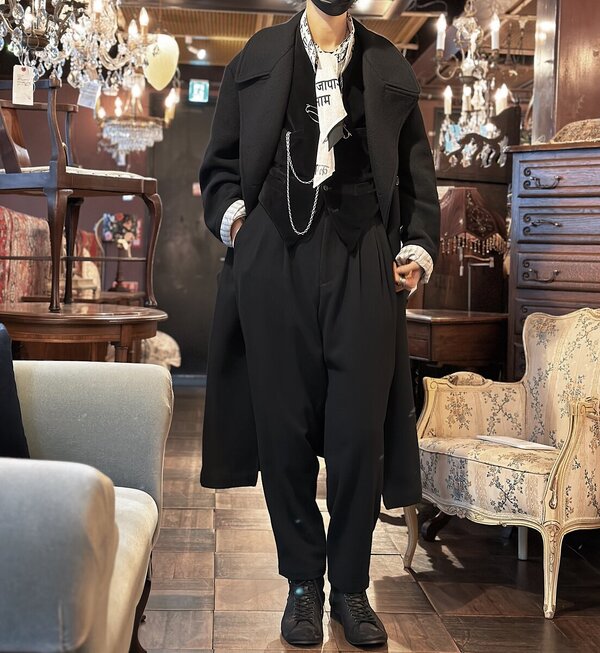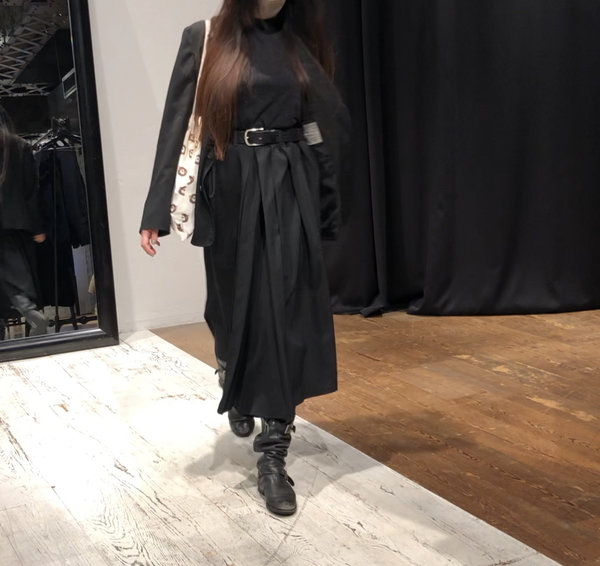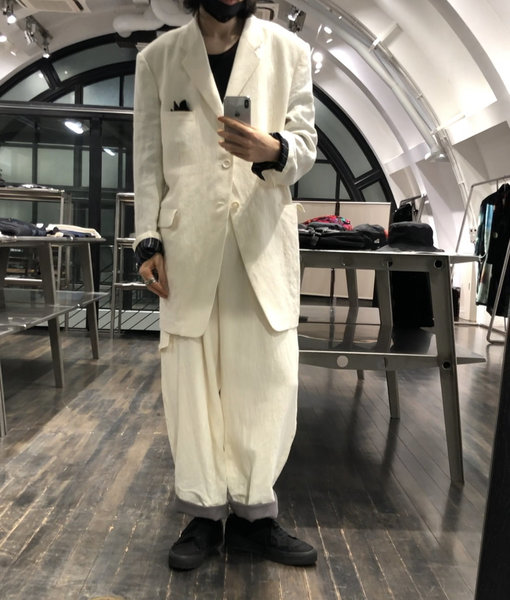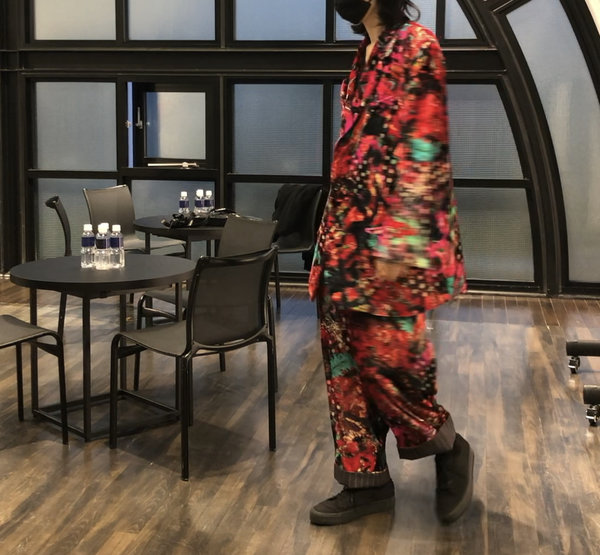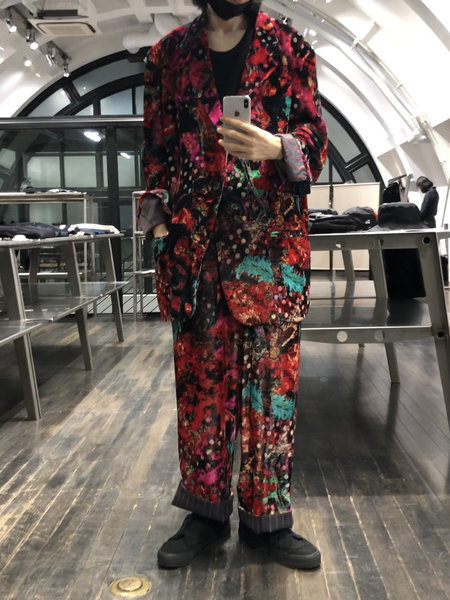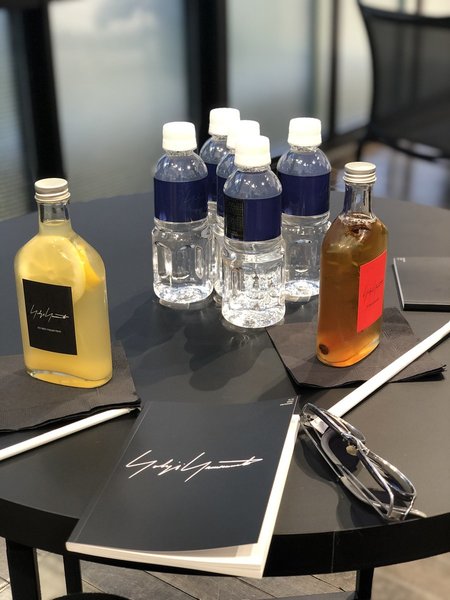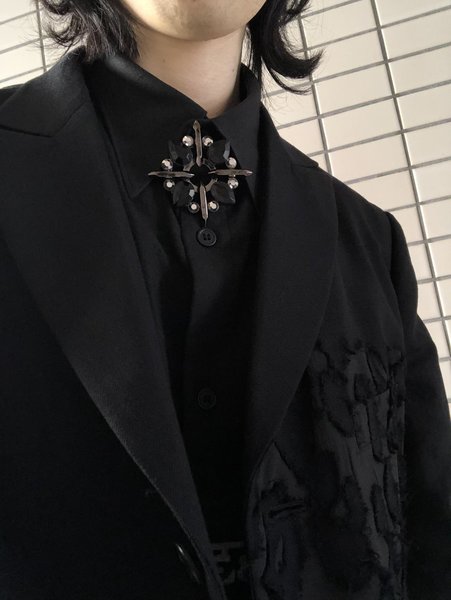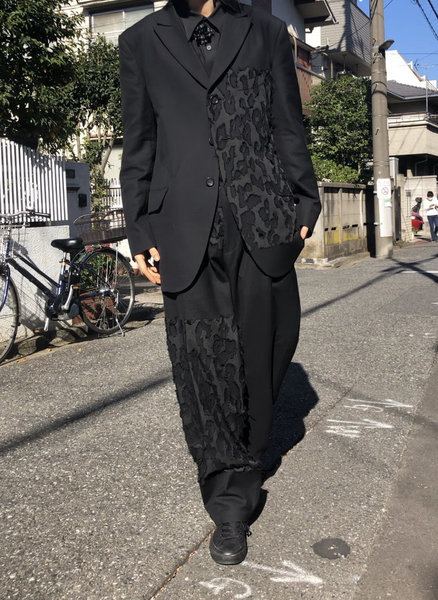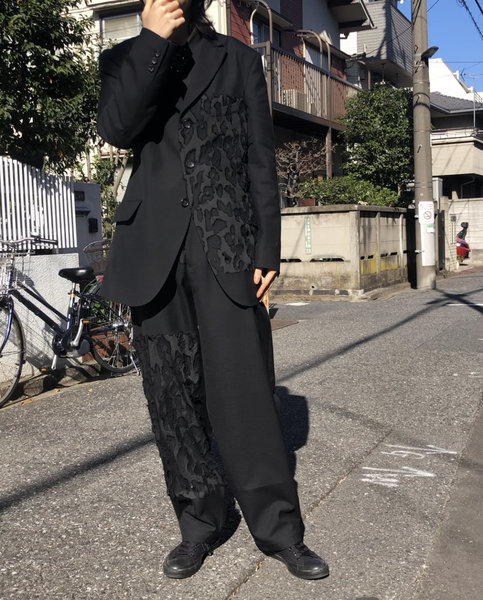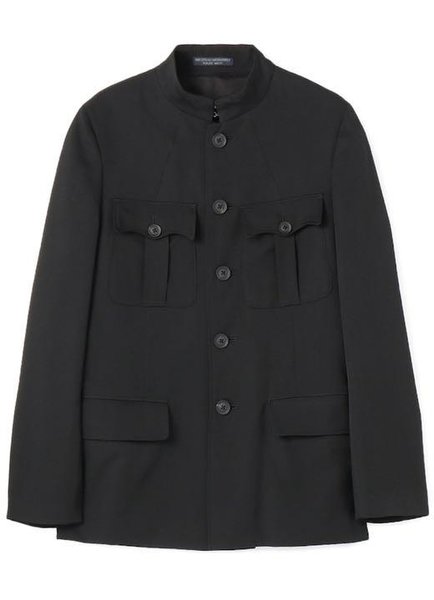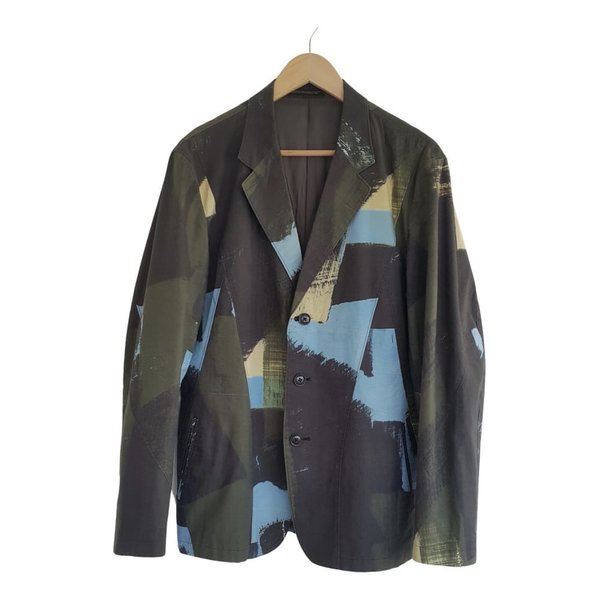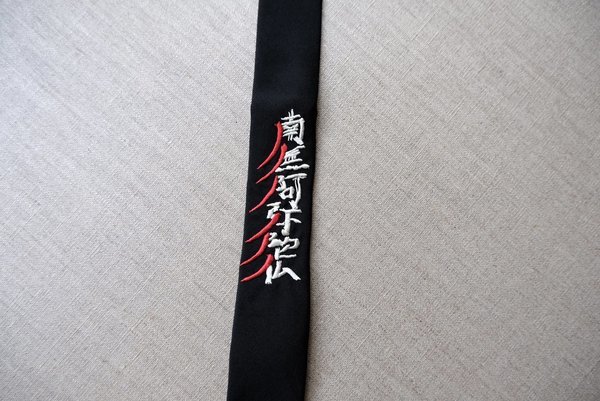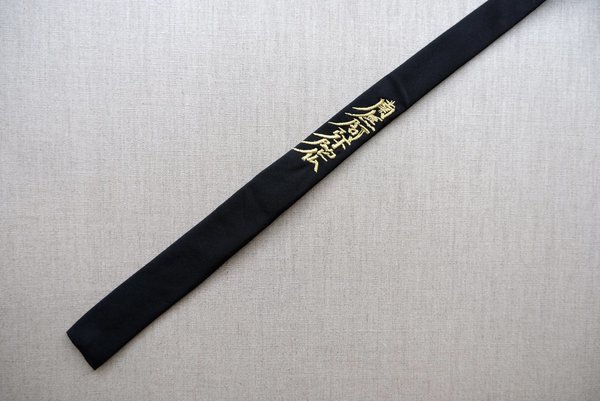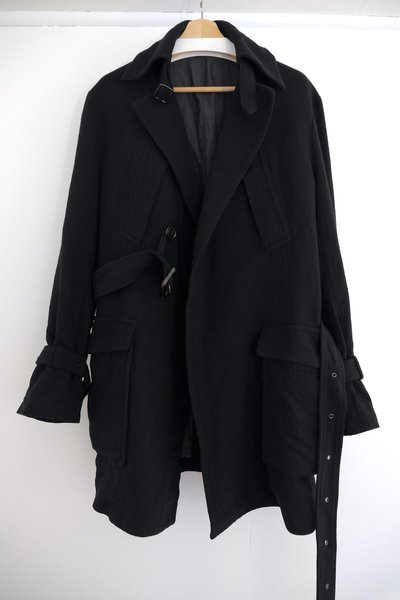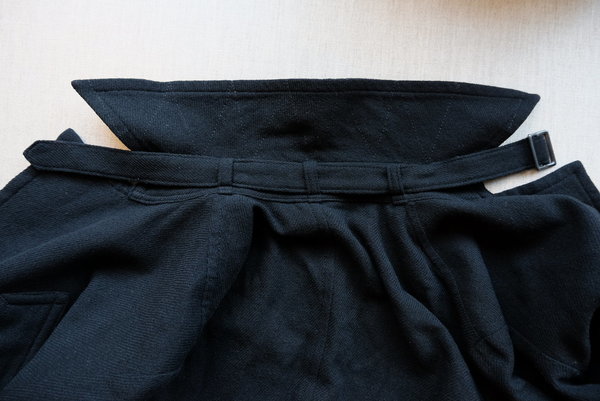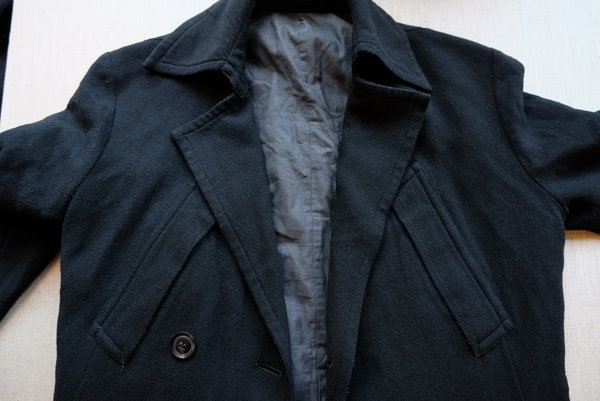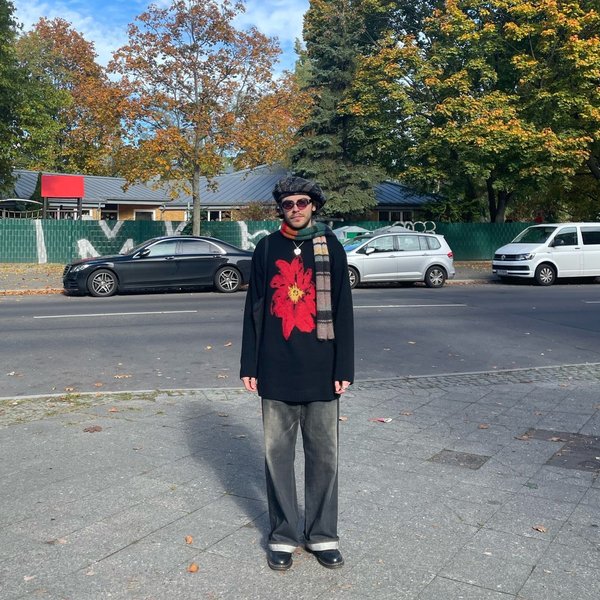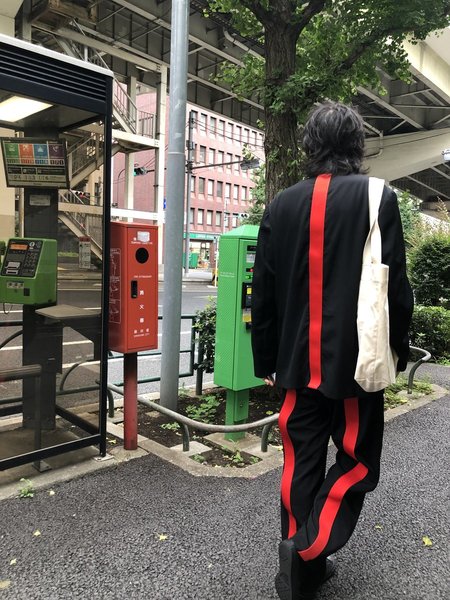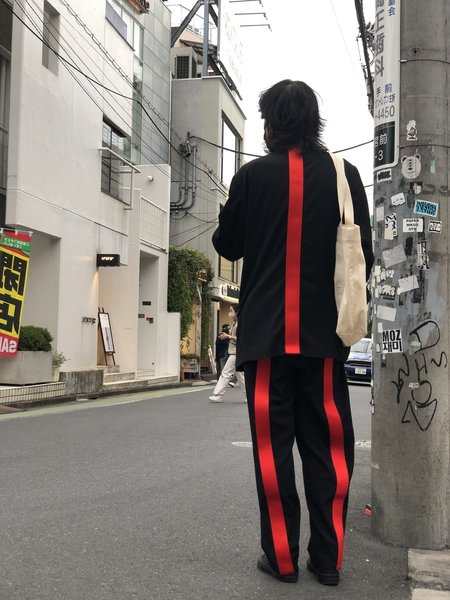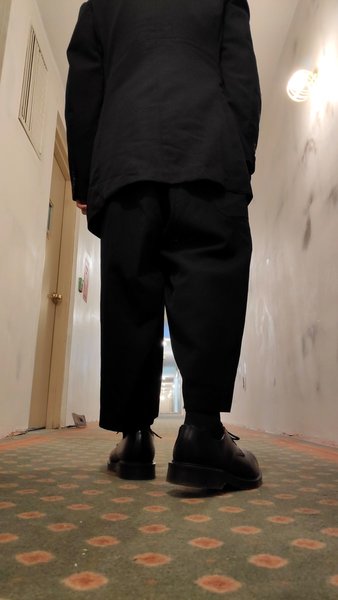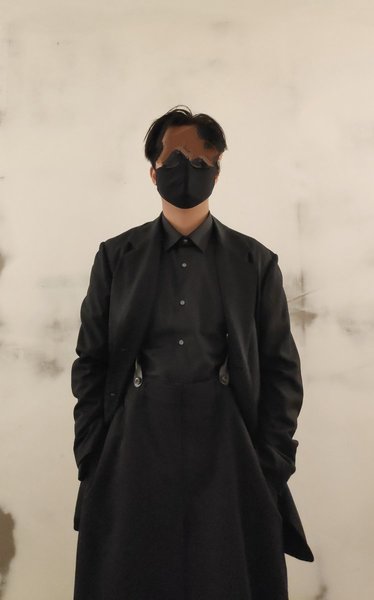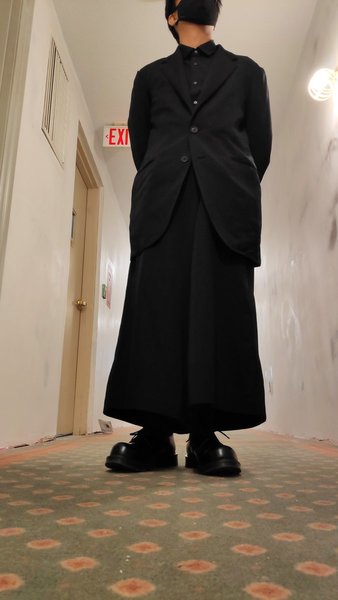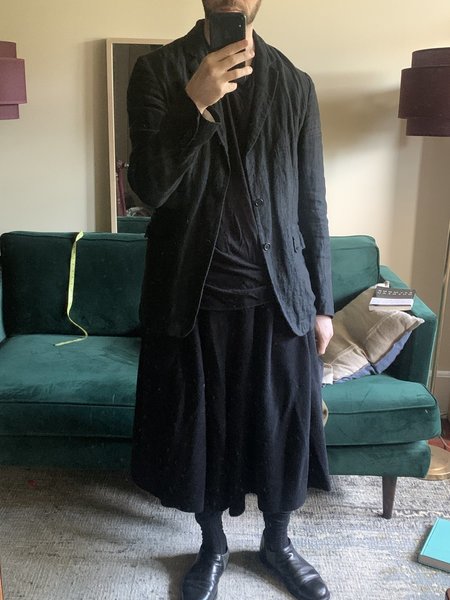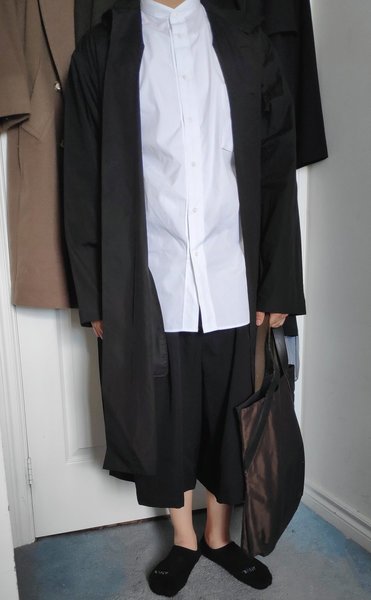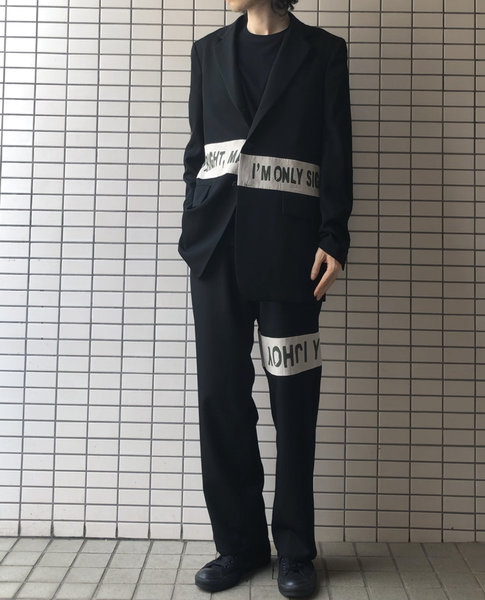Ivwri
Distinguished Member
- Joined
- Apr 17, 2011
- Messages
- 1,513
- Reaction score
- 4,137
I almost picked up a copy last month from amazon.co.uk then got distracted with work. By the time I remembered to get some money on my debit card, it was sold out  . Now I have to pretend I can't see the exorbitantly priced copy on amazon.com. Sigh. Definitely want a copy though. The photography is truly sublime and I find it even doubly interesting since I am usually drawn to photos of architecture and landscapes etc. rather than portraits. So the fact that August Sander's work is striking a chord with me is very cool.
. Now I have to pretend I can't see the exorbitantly priced copy on amazon.com. Sigh. Definitely want a copy though. The photography is truly sublime and I find it even doubly interesting since I am usually drawn to photos of architecture and landscapes etc. rather than portraits. So the fact that August Sander's work is striking a chord with me is very cool.
robinsongreen68 that picture is indeed very cool! So many little things that one can keep on noticing every time you come back to look at a particular image of his.
robinsongreen68 that picture is indeed very cool! So many little things that one can keep on noticing every time you come back to look at a particular image of his.
![Shog[1] :embar: :embar:](/styleforum_ads/smilies/shog[1].gif) but how is the sizing on the womens stuff ? Still 2,3,4 etc ? And would the jackets be right-over-left or left-over-right ? Well I do have a good reason to ask but anyway...thanks in advance for heads up
but how is the sizing on the womens stuff ? Still 2,3,4 etc ? And would the jackets be right-over-left or left-over-right ? Well I do have a good reason to ask but anyway...thanks in advance for heads up






